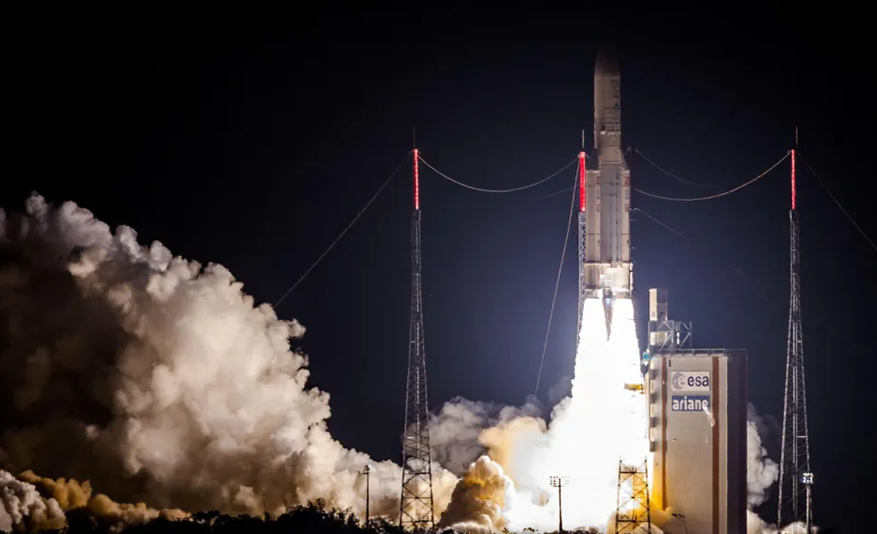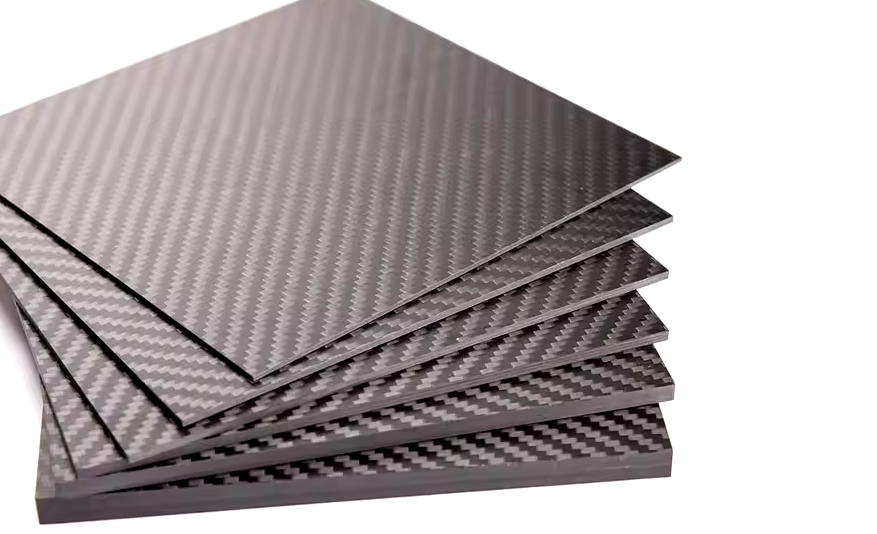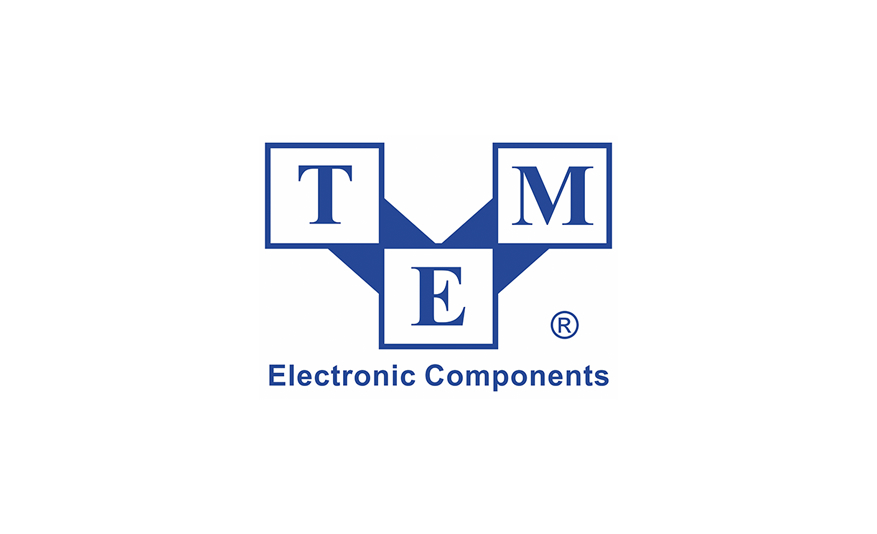In today’s competitive landscape, building a resilient supply chain in the electronics manufacturing sector is vital and artificial intelligence (AI) stands to improve all manner of processes. The technologies of Industry 4.0 pave the way for significantly improved manufacturing efforts, resulting in unparalleled efficiency and performance.
AI is ruling the day, enabling powerful transformations across industries, and electronics manufacturing is no exception. With AI at their fingertips, manufacturers are experiencing vast benefits, particularly in the area of maintenance.

In the past, downtime due to equipment and device failures could cost companies millions of dollars. However, now that AI has entered the playing field, manufacturers can use this technology to anticipate or predict failures before they happen, enabling them to keep operations running smoothly and efficiently.
How AI in predictive maintenance works
AI in predictive maintenance gives manufacturers a competitive advantage by enabling them to operate at the top tier of efficiency and performance — but how exactly does AI in predictive maintenance work?
The two primary ways AI powers predictive maintenance are data processing and process simulation. First, sensors deployed throughout the production line gather data from machines and equipment. Advanced AI algorithms then examine and process that data to identify potential anomalies. Once anomalies are detected, the system sends an alert or automates a work order to have the equipment evaluated or checked out before malfunctions.
With business process simulation, AI can model what will happen based on historical data. This is a powerful tool as it can help manufacturers visualize how their equipment is working and when that equipment might potentially fail, enabling them to take action before the identified anomaly becomes a problem.
With the advancements in AI, this process is almost fully automated, meaning manufacturers won’t even need to initiate the simulations themselves. AI can analyze data and run simulations 24/7 on its own and then send out automated work orders when an issue is detected. This keeps everything running smoothly without any setbacks or delays.
Predictive maintenance use cases in electronics manufacturing
In electronics manufacturing, manufacturers are already using a wide array of predictive maintenance methods to streamline performance and efficiency.
- Acoustic monitoring: Uses AI to mimic the auditory expertise of workers to identify malfunctions through sound.
- Vibration analysis: Monitors the typical vibration patterns of equipment and then uses that data to detect when there are deviations in the vibration, which can indicate a potential problem.
- Temperature monitoring: Regularly checks the temperature of equipment and can pinpoint potential issues based on temperature variations, such as hotspots, which could indicate a faulty connection or overloaded circuit.
- Ultrasonic testing: Uses AI to search for high-frequency sound waves, which can indicate defects, leaks, and other electronic system issues.
Other methods not mentioned above include acoustic emission testing, current signature analysis, motor circuit analysis, on-die circuitry, and outlier detection. These are all methods for using AI and other smart technologies to enhance predictive maintenance in electronics manufacturing.
The benefits of AI in predictive maintenance
As industrial automation grows, implementing AI into predictive maintenance methods can lead to several advantages that can improve manufacturing outcomes, such as:
- Improving quality control
- Reducing maintenance costs
- Extending the lifespan of equipment
- Reducing downtime
- Improving efficiency
Using smart maintenance can also improve safety and the overall work experience for employees. By keeping machines running optimally, it can ease workloads for employees. Predictive maintenance also helps lower the risk of accidents in the workplace by catching equipment malfunctions before they become a safety hazard.
Challenges of AI in predictive maintenance
While AI is making predictive maintenance more popular and improving electronics manufacturing, there are some challenges to consider before implementation.
With AI comes an increased demand for bandwidth to better process larger quantities of data. Manufacturers may need to update their digital infrastructure, such as integrating more robust networks such as dark fiber, a high-capacity Wide Area Network (WAN) option for data-heavy applications.
Another issue is the lack of compatibility. Many electronics manufacturing plants run on older legacy systems that are not compatible with modern technologies like AI. As such, manufacturers may need upgrades to make integration easier.
The third challenge comes from skill gaps. Many manufacturing workers might not have the experience or skills to work with more advanced technologies. To mitigate this problem, advanced training may be necessary to upskill workers in using IoT, data analytics, and AI.
The future of predictive maintenance in electronics manufacturing is promising. As technology evolves, maintenance processes will become even more reliable and efficient. The key is to stay on top of these trends and to invest time and money into integrating them in a timely manner, ensuring a competitive advantage for future success.














































